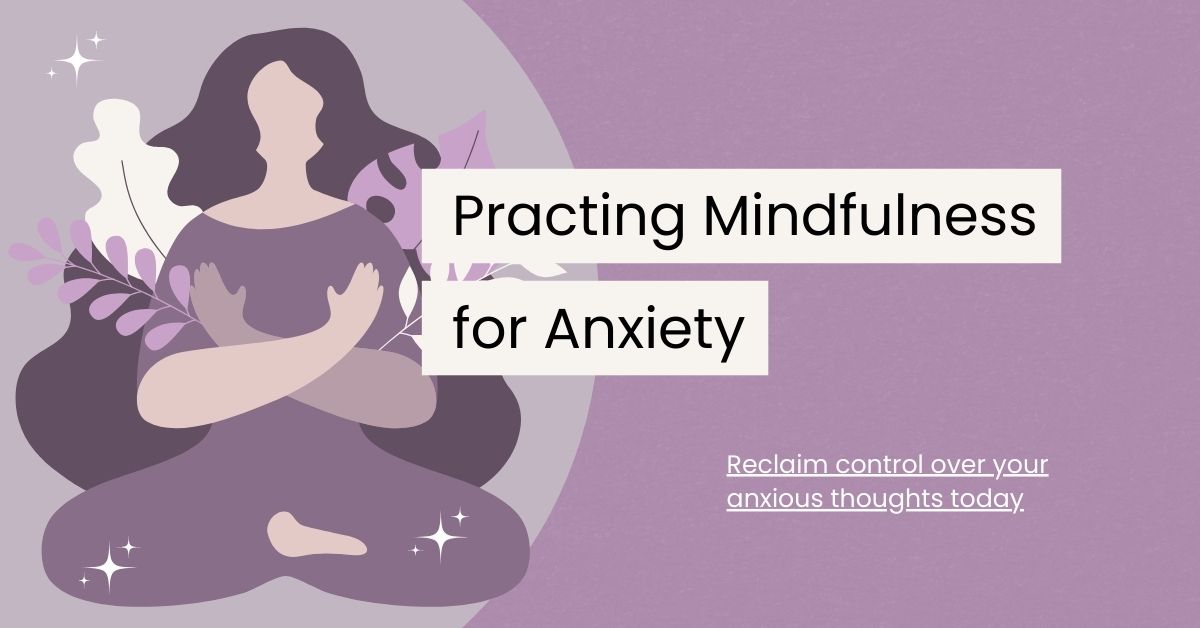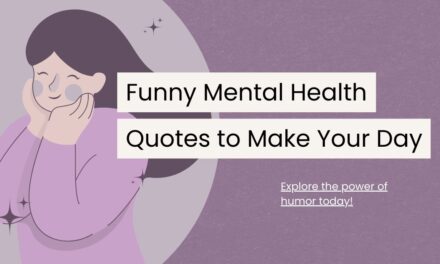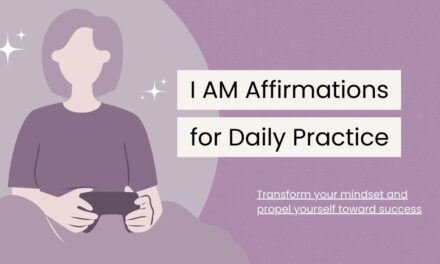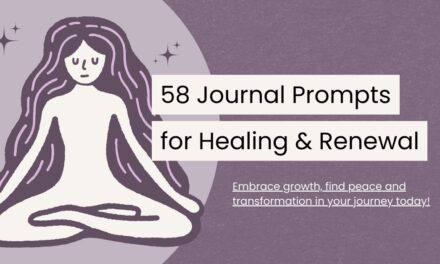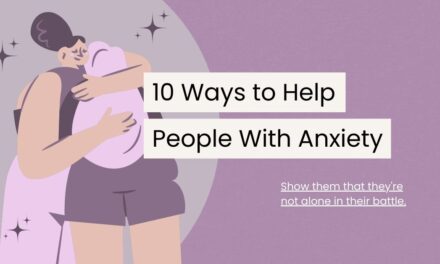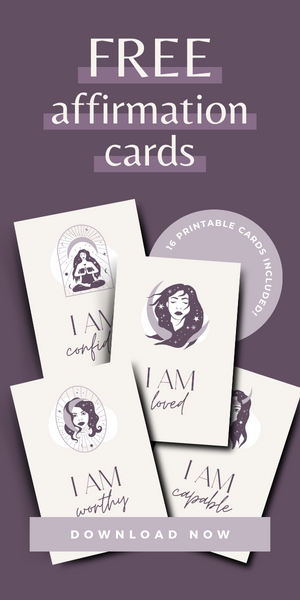Last Updated on August 15, 2023
Feeling overwhelmed by anxiety? You’re not alone. Anxiety affects millions of people worldwide, and it can take a toll on your mental and physical well-being. But don’t worry; there’s a powerful tool at your disposal to ease the burden – mindfulness. In this blog post, we’ll explore thirteen simple mindfulness for anxiety techniques that can help you find inner peace and reclaim control over your anxious thoughts.
Understanding Anxiety and Its Impact
Anxiety can feel like an ever-present cloud, following you wherever you go. Its weight can make even the simplest tasks feel like an uphill battle, leaving you mentally and physically drained. Your heart might start pounding uncontrollably, as if it’s trying to escape from your chest, while your palms become sweaty messes, betraying your inner turmoil.
Meanwhile, your mind races at lightning speed, bombarding you with worst-case scenarios and endless “what ifs.” It’s like a never-ending loop that you can’t escape from. We understand how exhausting and overwhelming this can be, but fear not – we’re here to help!
Let’s delve into these mindfulness for anxiety techniques that will empower you to navigate through anxiety’s turbulent waters and bring some much-needed clarity and peace. By incorporating these practices into your daily routine, you’ll gradually develop a greater sense of self-awareness and resilience to face anxiety’s challenges head-on.
Remember, you’re not alone in this journey; we’re here to support you every step of the way. Together, let’s embark on a path towards finding inner peace and tranquility.
Mindfulness for Anxiety: Top Techniques You Can Try
#1. Deep Breathing for Instant Calm
Picture this – you’re feeling overwhelmed by anxious thoughts, and suddenly, you take a deep breath. As you slowly inhale and exhale, you begin to feel a sense of calm washing over you.
Deep breathing is a superpower hidden within you. So, let’s harness it! Whenever anxiety strikes, take a moment to focus on your breath. Inhale deeply through your nose, hold it for a few seconds, then exhale slowly. Repeat this a few times, and watch how it eases your tension instantly.
#2. Body Scan Meditation for Grounding
Sometimes, anxiety can make you feel like you’re floating away from reality. But we’ve got just the remedy – body scan meditation. Lie down or sit comfortably, and slowly shift your attention to each part of your body, starting from your toes to the top of your head. Acknowledge any tension or discomfort you feel along the way, and gently release it with each breath. This technique will root you back to the present moment, offering a haven amidst the chaos.
#3. Mindful Observation to Stay Present
Do you often find your mind wandering to past regrets or future worries? It happens to the best of us. But here’s a secret to help you stay anchored – mindful observation. Take a moment to observe your surroundings using all your senses. Notice the colors, textures, sounds, and smells around you. By doing so, you bring yourself back to the present, away from those anxious thoughts.
#4. Mindful Walking for Stress Relief
Who said mindfulness can only happen in meditation? Not us! Take your mindfulness practice outdoors and let nature be your guide. During your next walk, pay attention to the sensation of your feet hitting the ground, the rustling of leaves, and the fresh air filling your lungs. Let nature’s serenity seep into your soul, washing away anxiety as you walk forward with a newfound sense of peace.
#5. Mindfulness through Journaling
Writing is a powerful way to explore your thoughts and emotions. Grab a pen and paper, and let your thoughts flow freely. When you put your worries on paper, you gain clarity and perspective. Use your journal as a safe space to understand your feelings, release pent-up emotions, and find solace amidst the chaos.
Check out these journal prompts for beginners to help you get started.
#6. Mindful Technology Use
In this fast-paced digital age, technology can sometimes exacerbate anxiety. Consider setting boundaries with your devices and social media. Allocate specific times for checking messages and emails, and allow yourself to unplug and be present in the moment.
By mindfully managing your technology use, you can reduce the potential triggers for anxiety.
#7. Gratitude Practice for Positive Outlook
Practicing gratitude can shift your focus from what’s going wrong to what’s going right. Each day, take a moment to jot down three things you are grateful for. It could be as simple as a warm cup of tea or a beautiful sunset.
Cultivating gratitude trains your mind to see the good, fostering a positive outlook that can help combat anxiety.
#8. Mindful Affirmations for Inner Strength
Affirmations are powerful statements that can reshape your thoughts. Create positive affirmations that resonate with you, such as “I am capable of overcoming challenges,” or “I am worthy of peace and happiness.” Repeat these affirmations daily, believing in their truth. With time, they will build inner strength and resilience against anxiety.
If you want to read more affirmations for anxiety, check out this blog post.
#9. Mindful Body Movement
Engaging in mindful body movement, such as yoga or Tai Chi, can be incredibly beneficial for anxiety management. These practices combine physical movements with mindful awareness, promoting relaxation, and reducing stress. Dedicate some time each week to immerse yourself in these mindful activities and experience the soothing effects they bring.
#10. Mindful Eating
Anxiety can affect our eating habits, leading to mindless munching or loss of appetite. Engage in mindful eating by savoring each bite, noticing the flavors and textures, and paying attention to feelings of hunger and fullness.
#11. Visualization for Anxious Moments
Create a mental “emergency toolbox” of calming visualizations to turn to during particularly anxious moments. Imagine a peaceful scene or a favorite memory to bring comfort and relaxation.
#12. Mindful Reflection
Set aside time each day for reflection and self-inquiry. Ask yourself how you’re feeling and what triggered any anxious thoughts. Non-judgmentally explore the root causes of your anxiety, fostering self-awareness and understanding.
#13. Boundary Setting
Learn to set healthy boundaries in your personal and professional life. Saying no to tasks or activities that overwhelm you is an act of self-compassion and can significantly reduce anxiety.
The essence of mindfulness lies in being present and fully engaged in each moment. Whether you choose one or multiple techniques, the key is consistent practice and gentle self-compassion.
Final Thoughts on Mindfulness for Anxiety
Anxiety may be a formidable opponent, but mindfulness is your ally in the battle for inner peace. Remember, you have the power to ease anxiety and find tranquility within yourself.
So, take a deep breath, ground yourself in the present, and explore these mindfulness for anxiety techniques with an open heart. You’ve got this! Embrace mindfulness, and let it lead you on a journey towards serenity and self-discovery. Happy healing!

